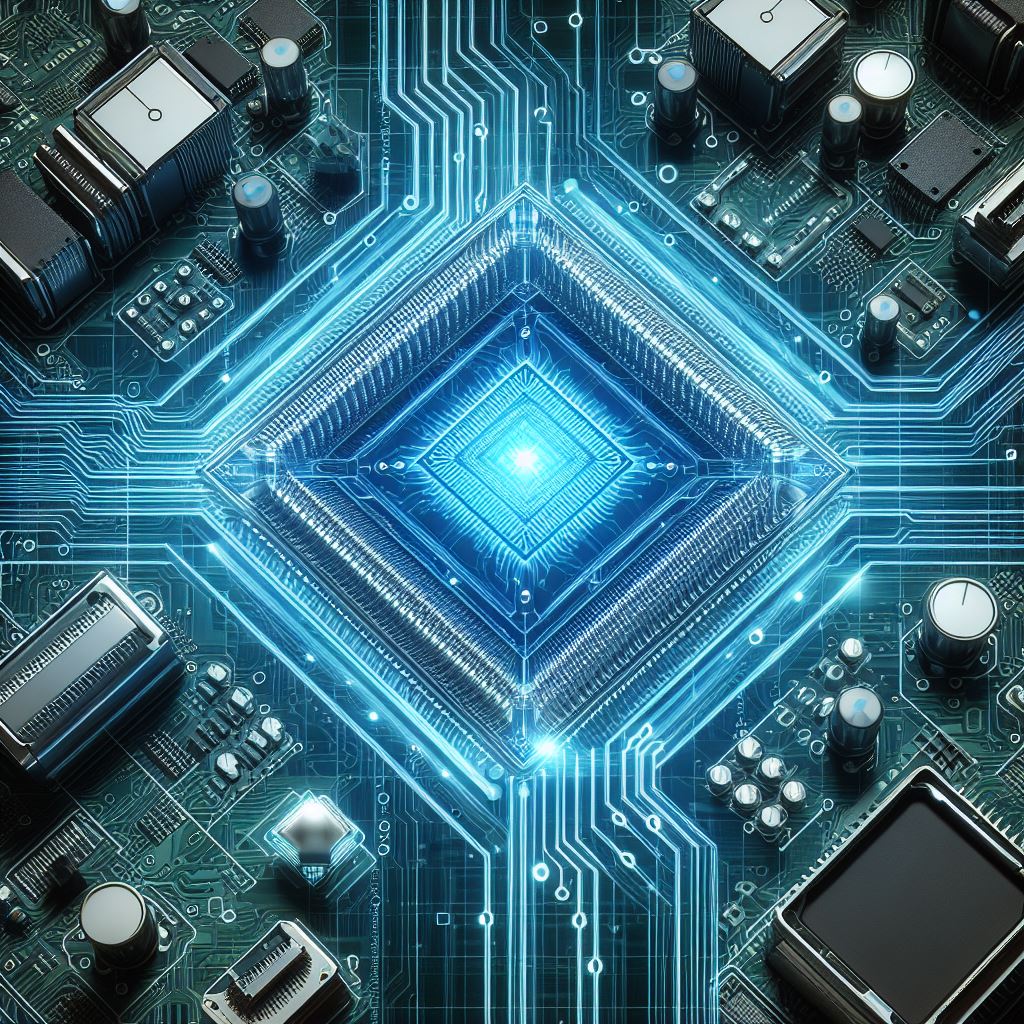Energy-Efficient Electronics
Challenge 1: Exponentially rising fraction of global energy consumption derived from computing: progress in computational energy cost not keeping up with total computing demand
Challenge 2: Exponential rise in data generation will consume the global Si supply, calling for new memory/storage solutions
Solution: Harnessing collective electronic phenomena (ferroelectronics) towards energy-efficient and area-efficient computing and memory hardware (More Moore)
from high-k dielectric to negative-k ferroelectric gate stacks
(i) EOT scaling: pushing the physical and electrical limits of negative capacitance towards ultra-low power (attojoule) transistor operation
(ii) Next-generation materials: dielectric integration with new channel materials (e.g. oxides, 2D) for BEOL transistors
Ferroelectric Logic Transistors: Nature 2022 | EDL 2019 | EDL 2020 | IEDM 2022b | IEDM 2022c | VLSI 2022 | VLSI 2023

from defective (ionic) to collective (ferroic) switching phenomena
Ultralow-power, ultrafast-switching, ultrahigh-density ferroelectric
(i) nonvolatile memory arrays for in-memory computing
(ii) synapses & neurons for neuromorphic computing
(iii) stochastic hardware for probabilistic computing
Ferroelectric Nonvolatile Memory: Nature 2020 | Science 2022 | AdvElectMater 2022

from charge-based to polarization–switching operation
Tailoring ferroelectrics to span the memory hierarchy:
(i) next-generation nonvolatile DRAM via 3D FeRAM & FeFETs
(ii) next-generation Flash via 3D FeNAND
(iii) next-generation hard drives via Fe recording
Overcoming the Leakage-EOT trade-off: Nature 2022
3D trench capacitors: Nature 2024

from normal to enhanced charge transport
(i) Ferroelectric cryo-CMOS for high-performance cryo-computing
(ii) Ferroelectric superconducting hardware for dissipationless cryo-electronics
Ferroelectric Cryo Computing: IEDM 2022c

